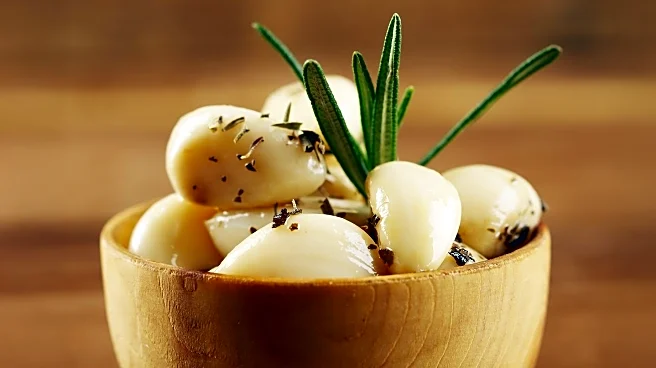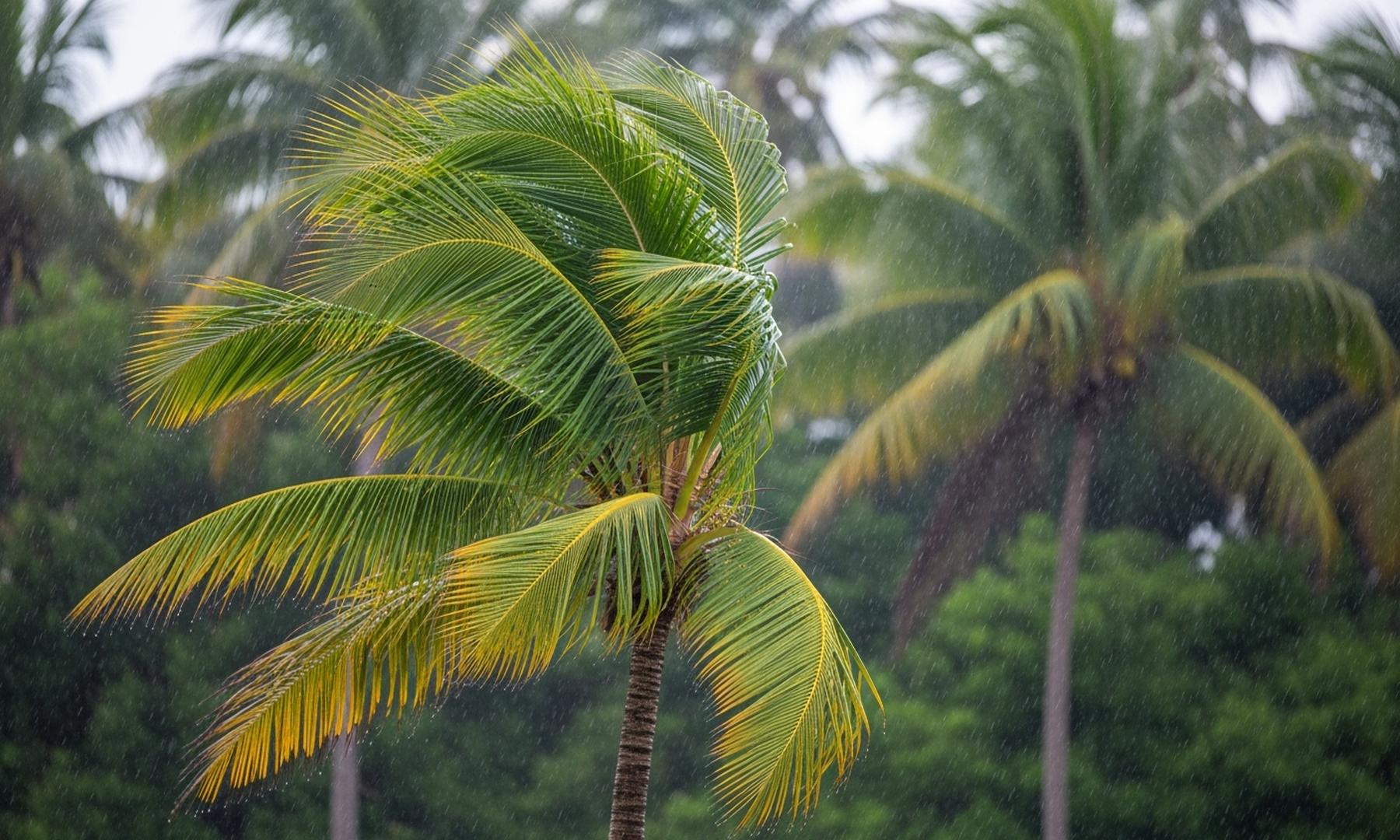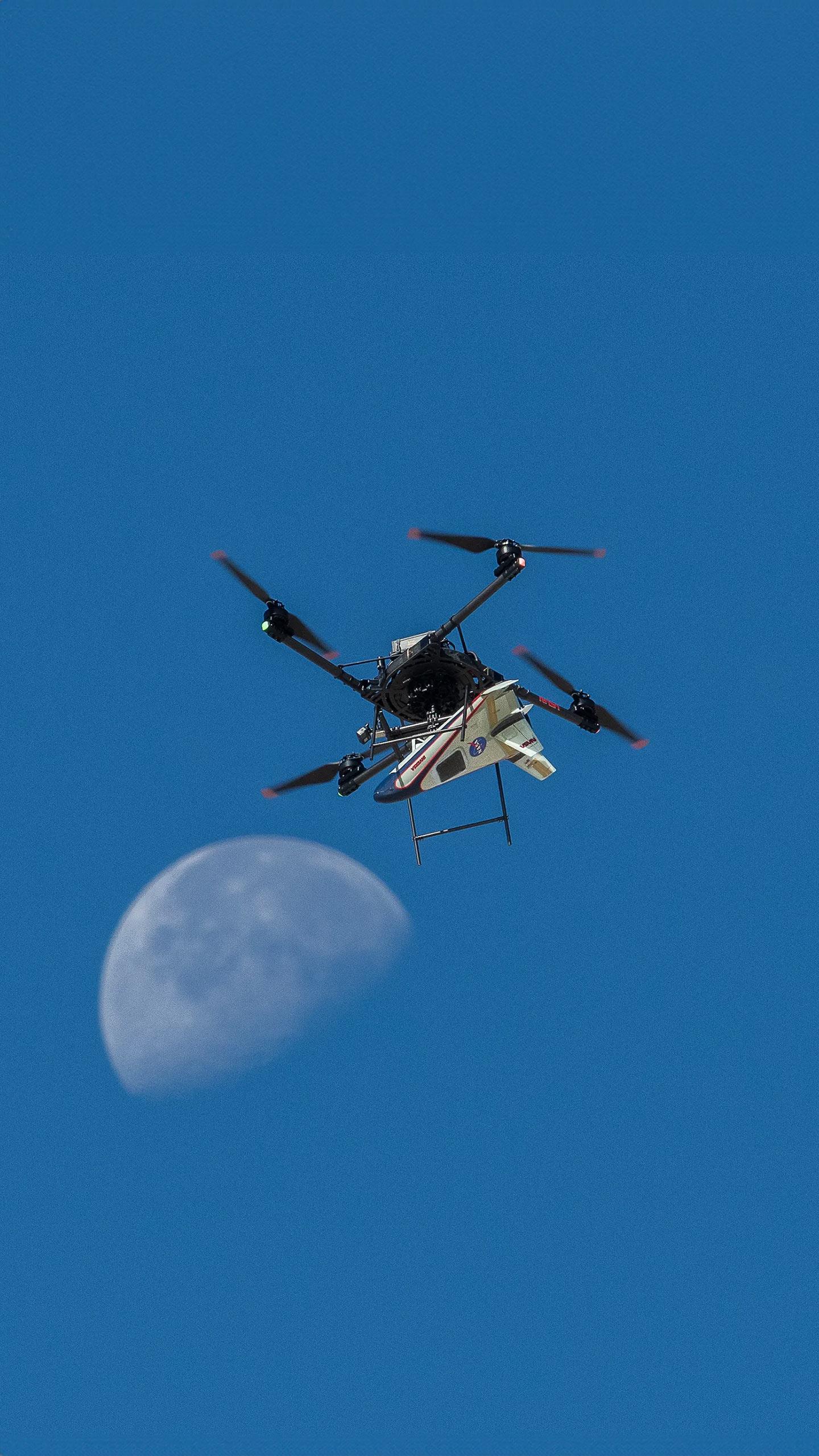What's Happening?
Megan Clendenan, a Vancouver-based author, has released a new book titled 'Just in Case: Saving Seeds in the Svalbard Global Seed Vault.' The book highlights the significance of the Svalbard Global Seed Vault in Norway, which stores over 580 million seeds
to safeguard global crop diversity. Clendenan was inspired to write about the vault after learning about it through a podcast. Her book aims to educate young readers on the importance of seed preservation and the collaborative efforts involved in maintaining the vault. Clendenan emphasizes the role of seeds as both historical artifacts and future resources, underscoring the power of cooperation in addressing global challenges such as climate change.
Why It's Important?
The Svalbard Global Seed Vault serves as a critical resource for preserving agricultural biodiversity, which is essential for food security and adapting to climate change. By educating young readers about seed preservation, Clendenan's book encourages future generations to engage in sustainable practices and understand the interconnectedness of global food systems. The vault represents international collaboration, showcasing how countries can work together to protect vital resources. This message is particularly relevant in today's world, where environmental and geopolitical challenges require cooperative solutions.
What's Next?
Clendenan's book may inspire educational initiatives focused on sustainability and biodiversity. Schools and environmental organizations could use the book as a tool to promote awareness and action among young audiences. Additionally, the book could spark interest in visiting the Svalbard Global Seed Vault, either virtually or physically, to learn more about global efforts in seed preservation. As awareness grows, there may be increased support for similar initiatives worldwide, fostering a culture of cooperation and proactive environmental stewardship.
Beyond the Headlines
The book's focus on seeds as stories highlights the cultural and historical significance of crop diversity. This perspective encourages readers to view agriculture not just as a means of sustenance but as a vital part of human heritage. By framing seeds as narratives, Clendenan invites readers to consider the ethical dimensions of biodiversity conservation and the responsibility to protect these resources for future generations.














